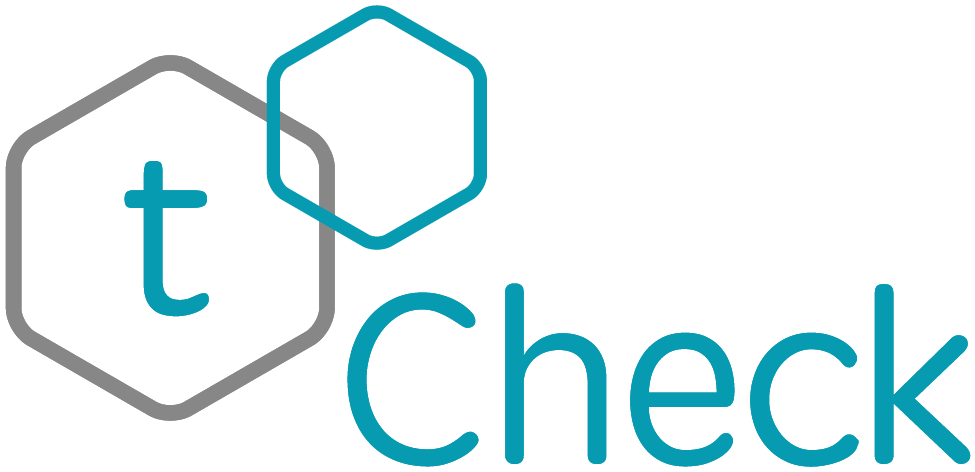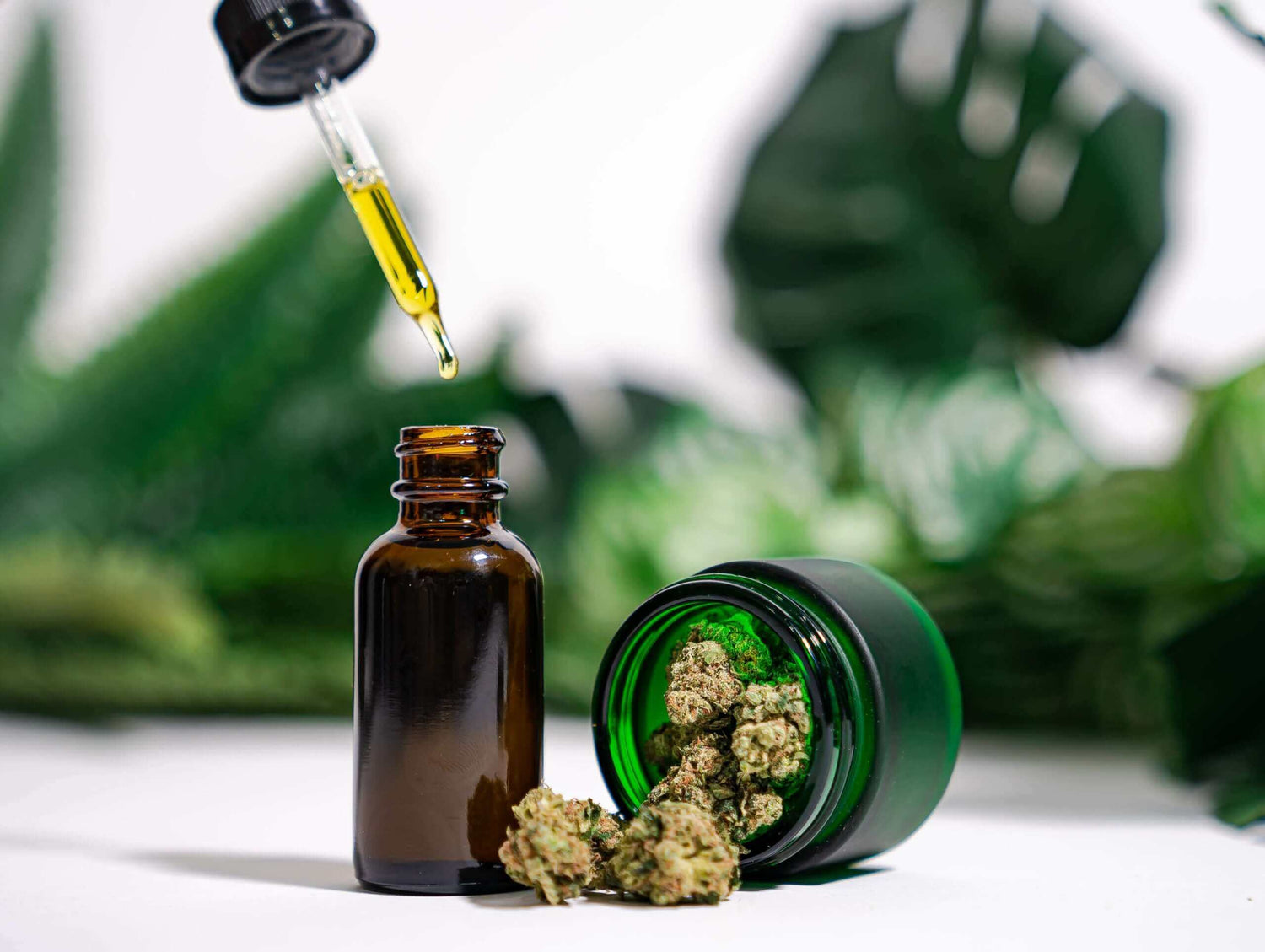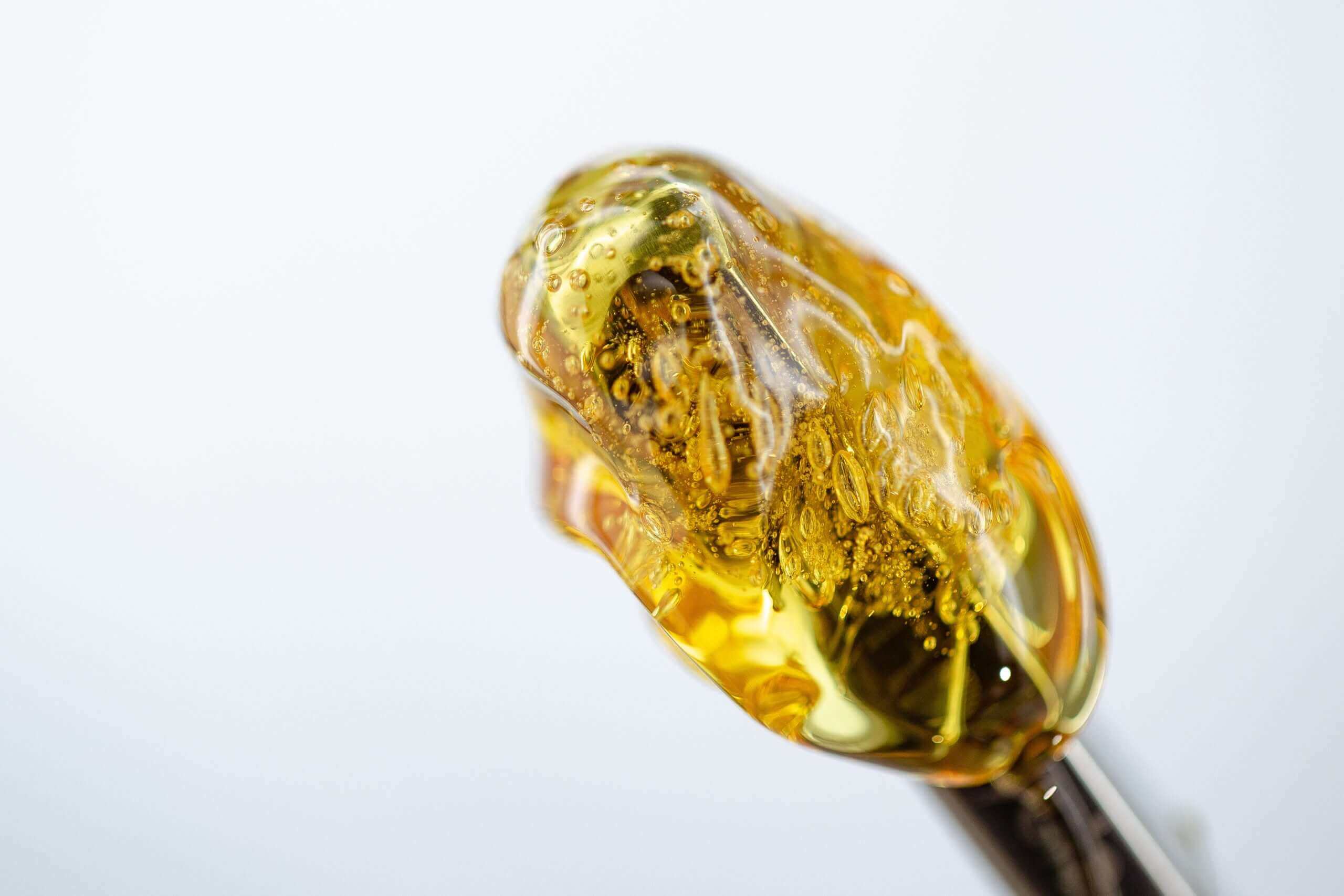Most people who’ve been shopping around for CBD oils, edibles, or topicals have seen the words “entourage effect” mentioned as a benefit of full-spectrum products. However, many consumers still don’t know what the term means or how the entourage effect works.
What Is the Entourage Effect?
The entourage effect is similar to the concept of whole plant medicine, but scientists apply the term specifically to hemp and cannabis plants. Dr. Ben Shabat first named the phenomenon in his1998 research paper, “An Entourage Effect: Inactive Endogenous Fatty Glycerol Esters Enhance 2-Arachidonoyl-Glycerol Cannabinoid Activity.”
In 2011, Dr. Ethan Russo deepened our knowledge of the entourage effect when he published apeer-reviewed summary containing most of the medical cannabis research on the subject before that date. Additionally, Russo released a more recent paper in 2019 in which he provided even more evidence in support of the entourage effect theory.
One of the most obvious examples of the entourage effect is the way CBD lessens THC’s psychoactive effects. It does this by inhibiting THC molecules from bonding to CB1 receptors in the brain. But this is only one example of how cannabis compounds complement each other. Cannabis plants contain an entire spectrum of active ingredients that work in an intricate chemical dance that we have only begun to understand.
Compounds Involved in the Entourage Effect
If you could examine your buds as closely as scientists do, you would notice that the beautiful, crystalline layer of trichomes contains many more compounds than the familiar active ingredients. Although there are many other compounds in cannabis plants, the major players in the entourage effect are cannabinoids, terpenes, and flavonoids.
Cannabinoids
When most people talk about the active ingredients in cannabis, they’re usually referring to delta-8 tetrahydrocannabinol (THC) or cannabidiol (CBD). But there are many more cannabinoids in cannabis plants besides THC and CBD.
Scientists have identified over 120 cannabinoids so far, and they expect to find more as research progresses. Although we don’t know a lot about many of them, there is a growing list of cannabinoids that have been studied in some detail, such as:
- Cannabigerol (CBG): Known as the “Mother Cannabinoid,” CBG is a precursor to other compounds such as THC, CBD, and CBC.
- Cannabichromene (CBC): Research has found that CBC exhibits antidepressant, anti-inflammatory, and neuroprotective properties.
- Cannabinol (CBN): CBN is a mildly psychoactive cannabinoid that forms as cannabis ages.
- Cannabimovone (CBM): Found in high concentrations in Italian hemp strains, CBM exhibits a potent effect on metabolism.
- Tetracannabivarin (THCV): Although it has a similar molecular structure as classic THC, THCV exhibits unique therapeutic properties.
- Delta-8 THC: This close analogue of regular delta-9 THC produces milder psychoactive effects.
At the moment, tCheck’s cannabis potency tester only supports THC and CBD testing. However, we hope to offer testing options for other cannabinoids as the market progresses and more demand arises.
Terpenes
Terpenes are aromatic oils that plants produce to attract pollinators, defend themselves from insect pests, and protect themselves from too much UV radiation. Scientists have discovered over 20,000 terpenes in nature, which are largely responsible for the fragrances of flowers and the taste of vegetables and culinary herbs. Terpenes also provide a wide range of therapeutic benefits.
So far, we’ve isolated more than 150 terpenes in cannabis plants, including:
- Myrcene: The most abundant terpene in cannabis plants, myrcene, is often called the “couch-lock terpene” for its ability to encourage physical relaxation.
- Beta-caryophyllene: Spicy beta-caryophyllene is the second most abundant terpene in cannabis. Beta-caryophyllene also contributes to the distinct aromas of cinnamon and black pepper.
- Pinene: Thought to help enhance memory and cognition, pinene also shows up in evergreen trees and herbs like rosemary and parsley.
- Limonene: The refreshing scent of limonene uplifts the mood and gives citrus fruits their classic aromas.
- Humulene: Humulene imparts herbal scents similar to hops and ginseng.
- Linalool: Also found in lavender plants, linalool has a pleasant floral fragrance and produces calming effects.
Flavonoids
Although flavonoids are somewhat ignored in cannabis literature, they play an important role in the entourage effect. Flavonoids contribute to both the color and flavor of plants. Research has concluded that flavonoids have anti-oxidative, anti-mutagenic, anti-inflammatory, and anti-carcinogenic properties. There are over 20 flavonoids that may only be produced by cannabis plants, called cannaflavins.
Research Supporting the Entourage Effect
Scientists have conducted a host of laboratory and clinical studies on the synergy among cannabis compounds since Dr. Shabat’s initial 1998 research.
Effects of THC and CBD in Combination
In 2010, researchers were studying patients with intractable pain that was unresponsive to opiate-based medicines. The study concluded that THC and CBD administered togetherreduced pain more effectively than either cannabinoid alone.
Synergistic Effect Between THC and CBG
While earlier studies concentrated mainly on CBD and THC, research from 2018 examined the synergy between THC and CBG. The study found that the treatment of tumor cells in human breast tissue was more effective when THC was combined with small concentrations of both CBG and the acid form of THC, THCA.
Terpenes Coupled with Cannabinoids for Improved Mood
A recent study published in the peer-reviewed journal Current Neuropharmacology found that administering terpene-rich essential oils enhanced the effect of cannabis treatment in people experiencing depression and anxiety.
Why Is the Entourage Effect So Effective?
Balance is the keyword when it comes to understanding how the endocannabinoid system works. The endocannabinoid system (ECS) is made up of a network of receptors that receive compounds called endocannabinoids. The two main endocannabinoids produced by our bodies are anandamide and 2-AG.
The endocannabinoid system helps to keep many essential functions of the body in balance, such as:
- Metabolism and appetite
- Sleep cycles
- Moods and emotions
- Immunity and inflammation
- Pain responses
- Body temperature
As you can see, our endocannabinoid system is critical in helping our bodies achieve homeostasis. When our bodies fall out of balance, we can experience a range of uncomfortable symptoms. Scientists have even found a severe lack of natural endocannabinoids can lead to a condition called Clinical Endocannabinoid Deficiency (CECD).
Luckily, the various plant cannabinoids, called phytocannabinoids, can help us maintain higher levels of anandamide and 2-AG. The various cannabinoids also stimulate endocannabinoid receptors in different ways, balancing each other and our bodily systems.
What Products Are Best for Benefiting from the Entourage Effect?
The best way to take advantage of the entourage effect is to consume whole flowers either by using a dry herb vaporizer or making homemade edibles. That said, many storebought extracts are also designed to allow customers to benefit from the entourage effect.
Full-spectrum CBD products include all of the compounds in hemp plants, including up to .3% THC, which is the federal legal limit. Broad-spectrum products feature all of the hemp compounds except the THC. CBD or THC isolates only contain the targeted cannabinoid and don’t offer any of the other compounds. Therefore, you won’t get the advantage of the entourage effect when you consume them.
We hope you’ve enjoyed this investigation into the entourage effect and have deepened your understanding of the synergistic relationships among cannabis compounds. Please stay tuned to our blog for more informative articles about our favorite plant.






